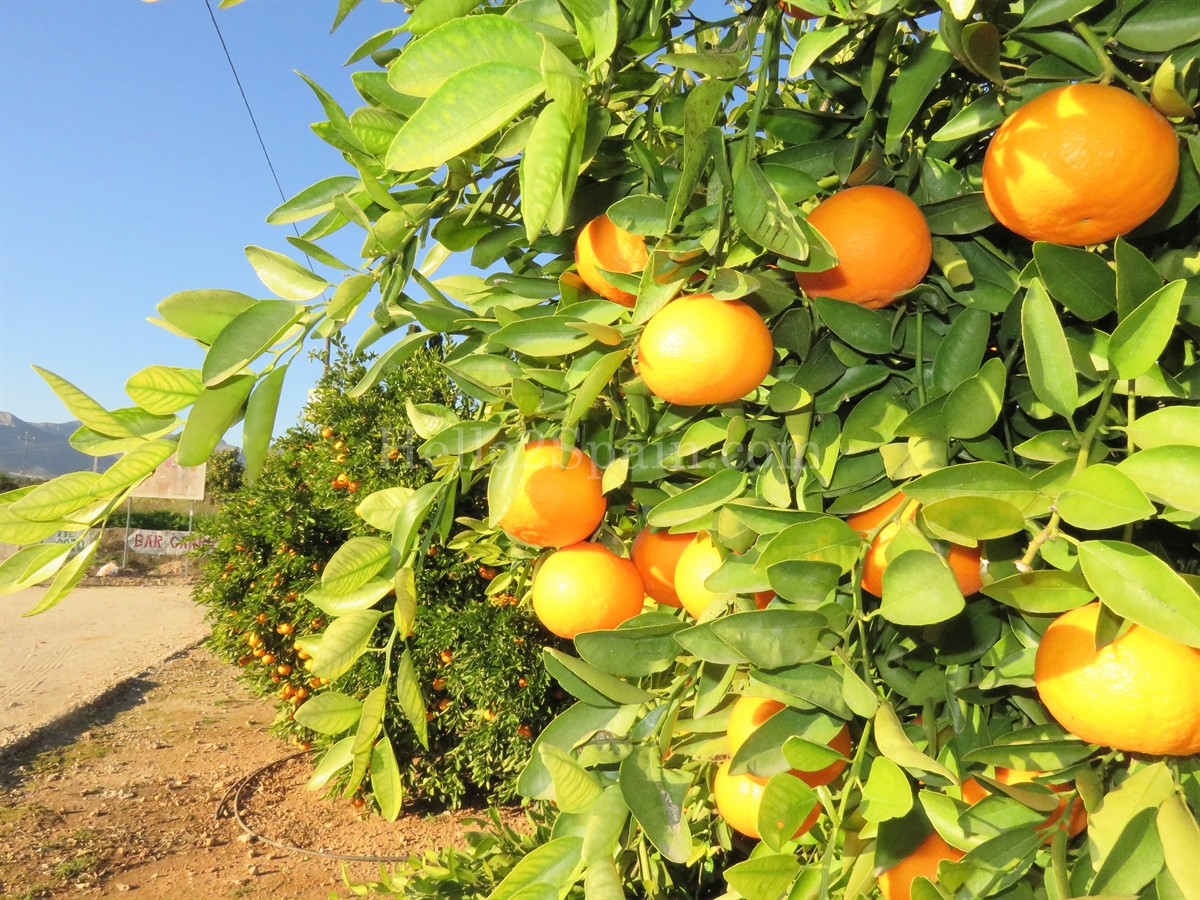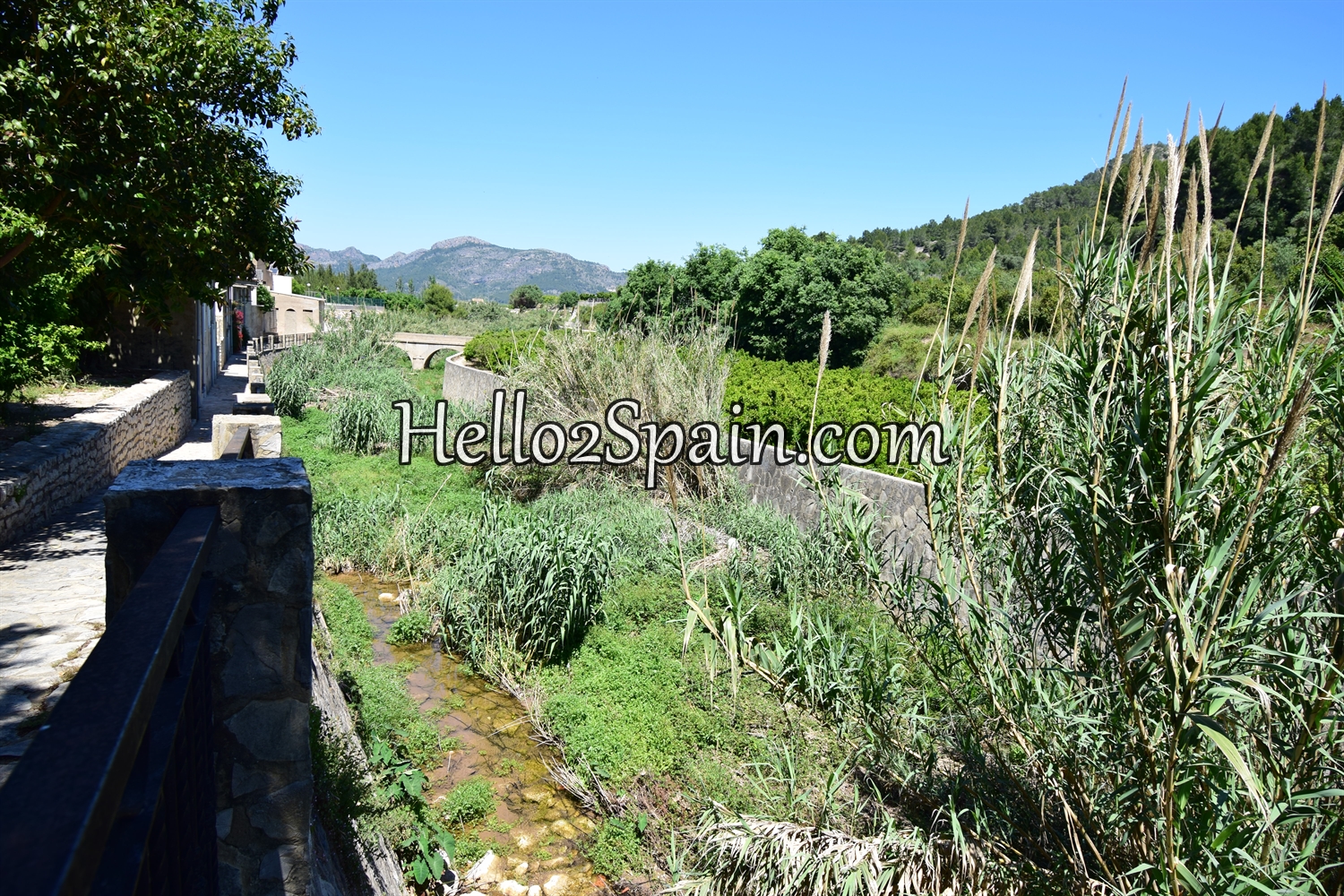Alfauir
Alfauir is a very pretty village just 10 minutes drive to Gandia City with plenty of history and paces to visit and explore. Photo of town hall below.
Alfauir is along the CV60 from Gandia to L'Olleria and one of the first villages opposite Rotova. Rotova is within walking distance, just a stroll away.
Alfauir has the the following amenties: Supermarket, Butchers, Bakers, Chemist, Doctors, Vet, Auditorium, Social centre, Municipal Swimming Pool, Bars, Church, Town Hall, Tobaconist, Hairdressers and most of all some fabulous walks. A great place for families, couples and singles.
Alfauir’s name immediately gives away its Moorish past and its Mudéjar architecture bears witness to its pre-conquest history. Following the bloody battles between the Moors and the Christians, King Jaume I granted it town status. At just over six square kilometres it barely qualifies as a town, and retains the olde worlde rustic charm associated with remote rural settlements.
Whilst out doing one of the many wlaking routes, you ned to look out for the following forna and wildlife as 33 per cent of the municipality comprises pine forests, which enjoy official protection against building and commercial activity. Amongst this densely-wooded area are five mountain ranges where flora and fauna indigenous to the region can be found in abundance. On a journey through the Pla de Castell, El Tossal, La Serreta, La Lloma and La Costera, the visitor will come across Kermes oak, pine trees, wild thyme and rock violet, providing shelter and warmth for numerous wild animals – foxes, badgers, weasels and lizards amongst others. Ornithology fanatics will be in their element as Alfauir’s countryside is home to many species of birds of prey.
Alfauir forms part of the Vernisa Valley that also encompasses Castellonet de la Conquesta, Llocnou de Sant Jeroni, Ròtova and Almiserà, a picturesque and unspoilt stretch of countryside inland from the coast of La Safor.
Alfauir looks out across a ravine and is crossed by the river Vernisa. Here, the ancient Islamic tribes left their stamp in the form of an irrigation system – one of the Moors’ many ingenious inventions – that continues to be in use today for supplying water from the river to agricultural land in the area. Also, close by, a visit to the Micalet de Mars cave is a must – the interesting and unusual rock formations are renowned locally for their staggering beauty.
Even the earliest settlers in Alfauir left their mark on the landscape. The Castell de Palma, also known as the Castell d’Alfauir, dates back to the Iberian period around the sixth century BC – long before the Romans took over and extended their empire into the peninsula. Archaeologists have recently discovered remains of ceramics in the grounds of the castle, ceramics whose high quality and sophisticated technique suggests that these, too, are evidence of the Iberian presence in the village. The castle is accessible by way of a footpath that winds uphill, from the summit of which is a breathtaking panoramic view of the entire Vall de Vernisa.

It is accessed via a picturesque walkway flanked with banana trees that leads to the front door of the walled-in grounds, over which is a carved stone coat of arms dedicated to Alfonso of Aragón, and on entering, visitors will come across a small farmstead in ruins that was originally a Morisco settlement.
Sant Jeroni de Cotalba’s gardens are a tranquil, secluded Eden, sympathetically designed with a small man-made lake thickly flanked by willow trees and rushes. Water flows into the lake from the Batlamala spring some five kilometres away via an aqueduct constructed in the 14th century to combat problems with drought.
Guided tours of the monastery are held every second and fourth Thursday of the month, and every first, third and fifth Saturday. These should be booked in advance by contacting Alfauir Town Hall.
.JPG)
Tennis courts at the bottom for all ages to use.
COPY AND PASTE THIS LINK FOR A SHORT VIDEO ON ALFAUIR: https://youtu.be/16_1Nzf1AMg







